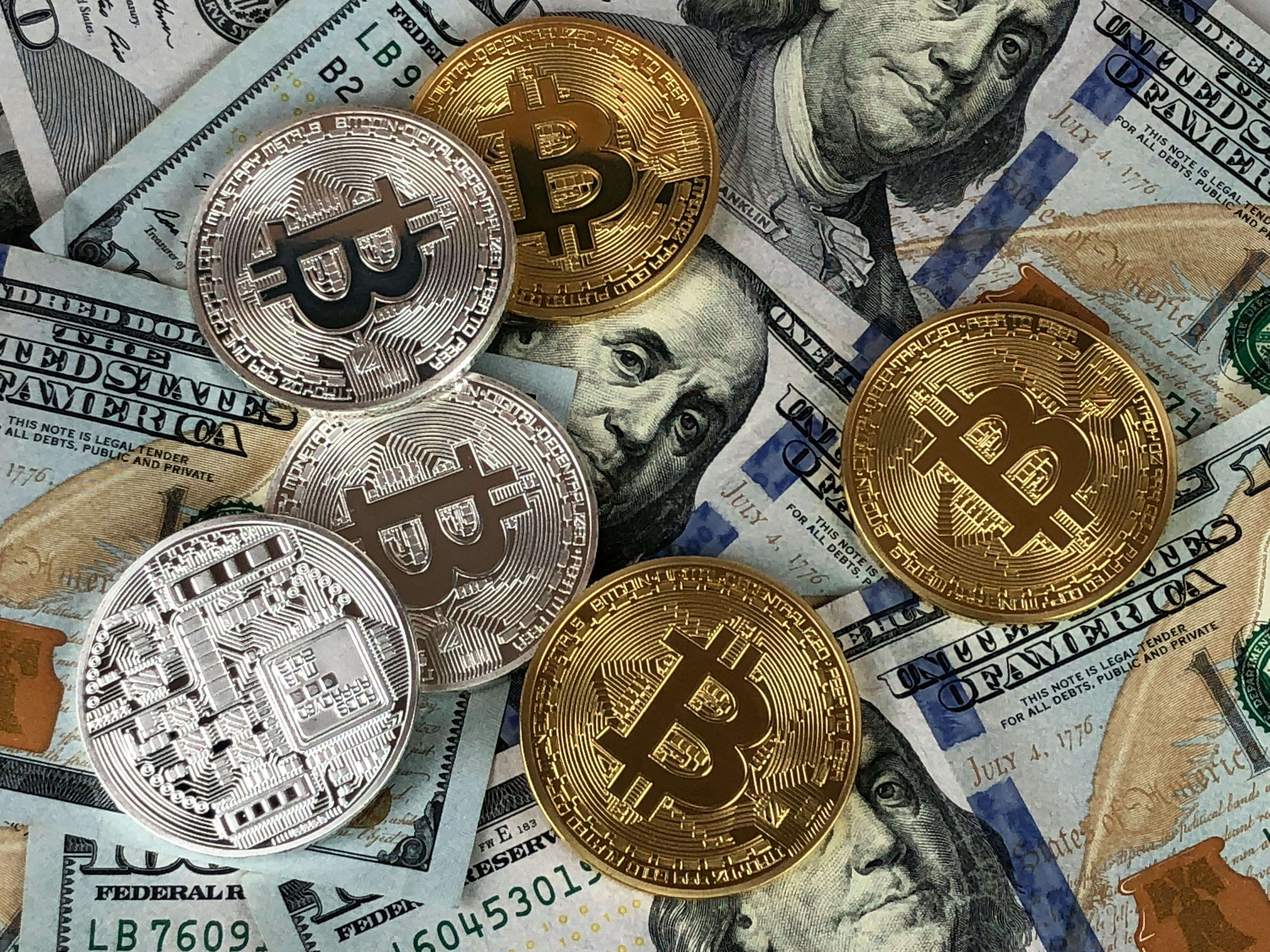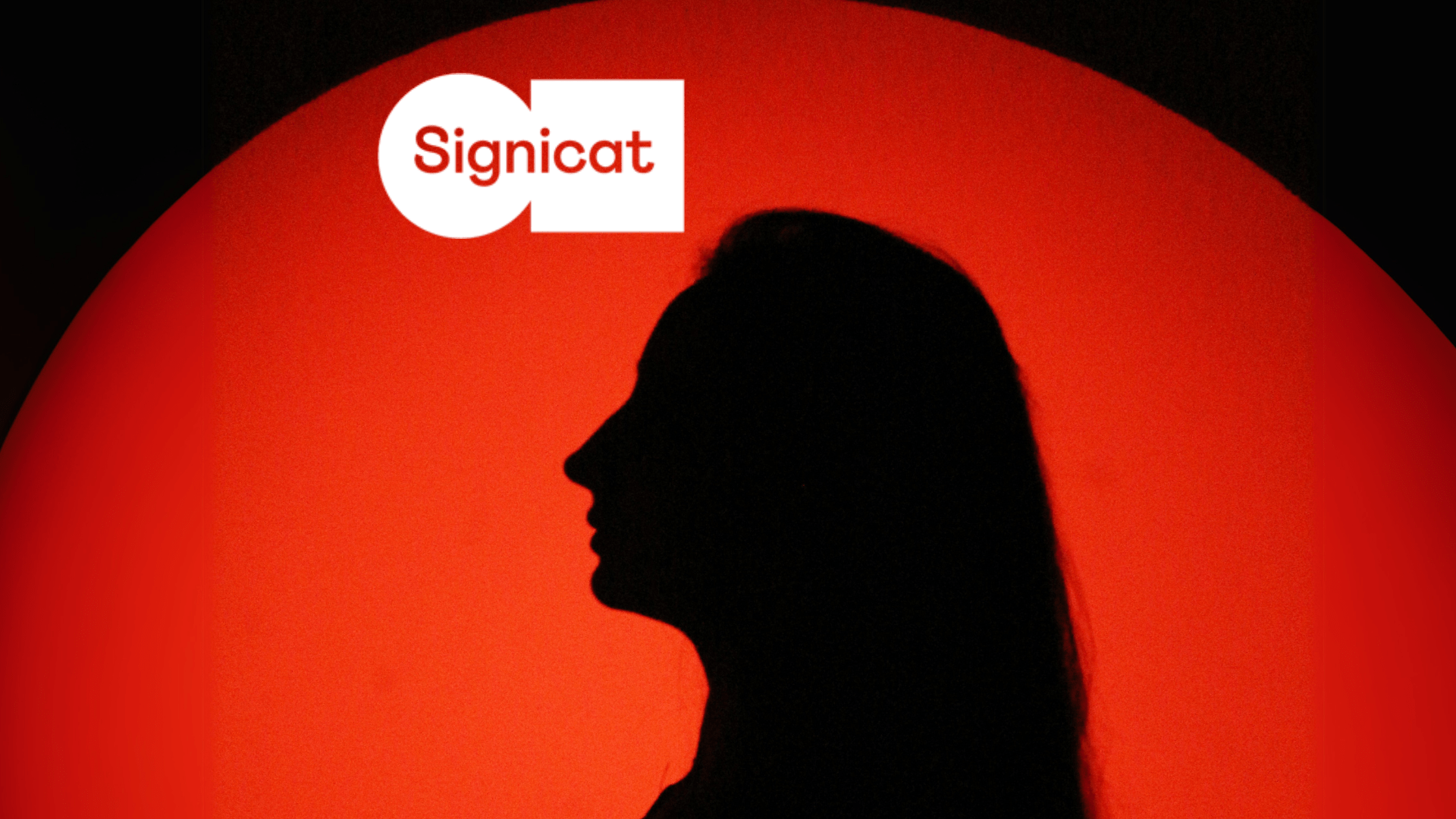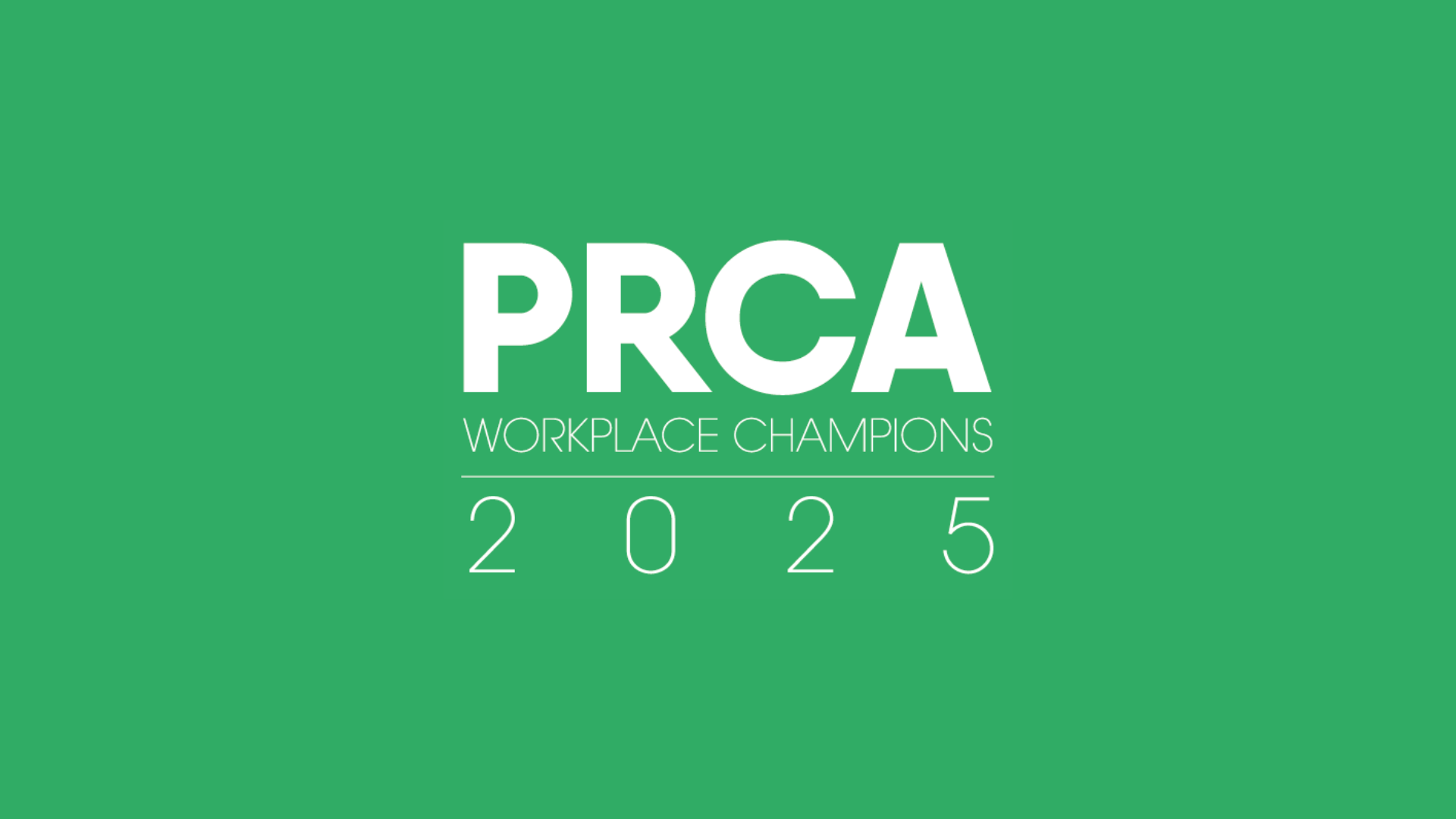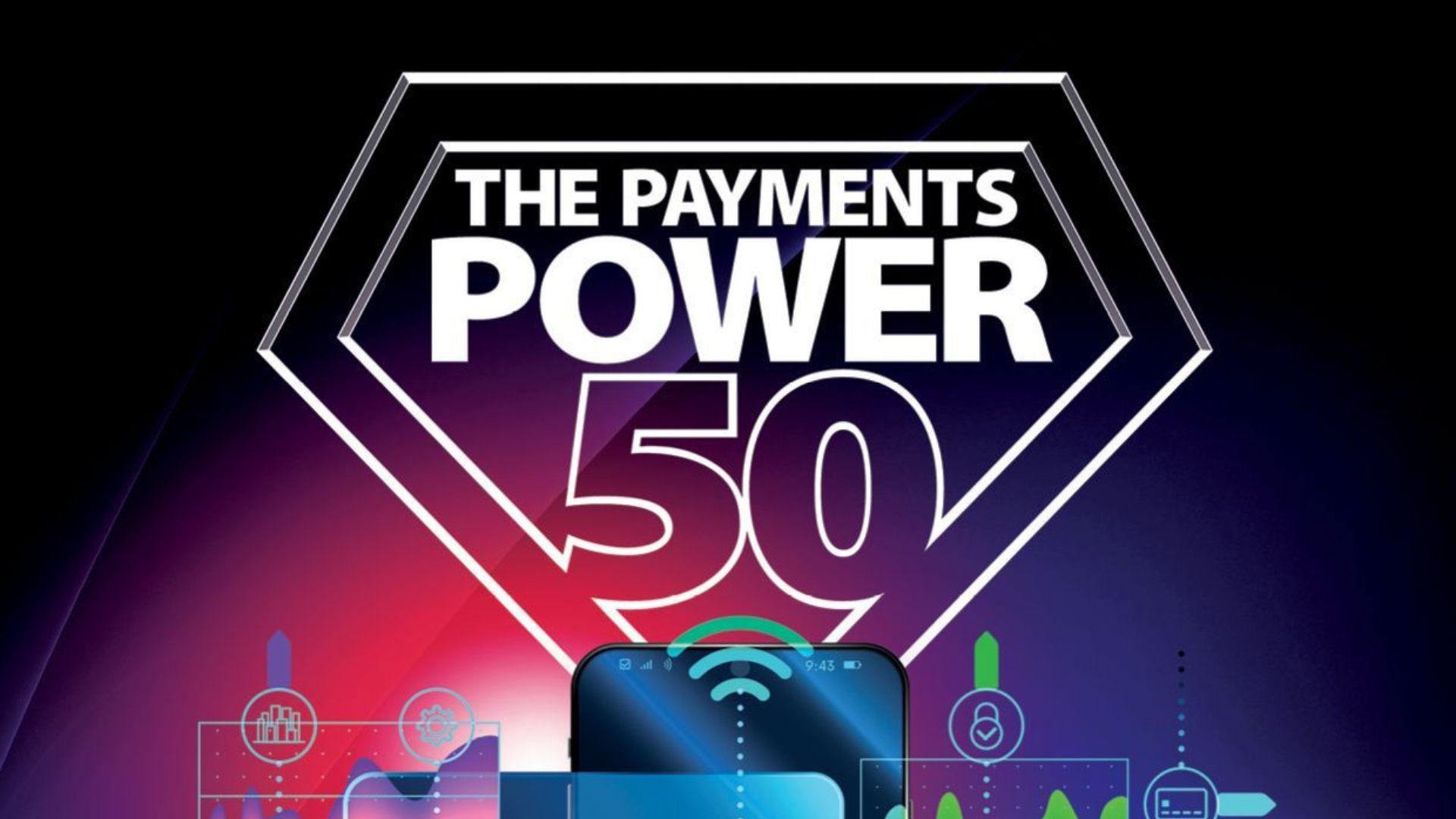The show was packed with representatives from all corners of the fintech ecosystem; from start-ups and financial institutions to investors and incumbent tech providers. It attracted strong attendance from media and industry executives which took in six strategic conference sessions featuring global fintech luminaries, more than 50 product demos and the famous ‘Start Up Launch Pad’.
I was at the event to moderate a panel on “How digital identities can drive a cashless society?”, manage media registration (disclaimer: we’re a media partner for the event), client activities including media briefings and run a workshop for delegates.
The workshop was on the 10 Do’s & Don’ts of fintech PR. I spent some time canvassing clients, colleagues and friends in the industry to draw up a shortlist. But first, I felt like I needed to explain why fintech PR is different from other kinds of B2B, and specifically B2B tech PR.
My sense is that fintech PR is different because:
1. Regulation
The first and the most important. Fintech companies are more often than not heavily regulated. And that regulatory landscape is becoming wider and ever more complex. The fact that PR can result in criminal prosecution isn’t exclusive to fintech, but no other market is as highly regulated.
2. Speed
The fintech market has grown from nothing to driving $39.4bn in investment globally in 2017. And the sector raised $41.7bn in the first half of 2018, surpassing last year’s record total in six months. Research giant Elsevier recently announced fintech-related preprints and early-stage research is now the fastest emerging research topic across its platforms ever. The sheer pace of change makes relevance a challenge.
3. Diversity
Fintech is no longer a monolith. It has diversified – lending, PFM, retail, wholesale, business banking, InsurTech, RegTech etc. In line, media outlets have grown to meet market needs. Such a universe of media simply doesn’t exist in other sectors. Crypto is an excellent example. From nothing to 50 dedicated outlets in the 10 years since Bitcoin emerged.
4. Influencers
The fintech market is highly driven by a small number of globally recognised influencers that in many ways set the industry agenda. Chris Skinner, David Birch, Bradley Leimer, Spiros Margaris, Brett King et al. They write books, key note major events and blog religiously. Influencer marketing is a growing trend and increasingly critical PR function.
So that’s why I believe fintech PR is different to most other sectors. But what are the major do’s and don’ts if you want marketing communications to deliver both fame and fortune? Find out by subscribing to our blog to catch my post on this tomorrow!















